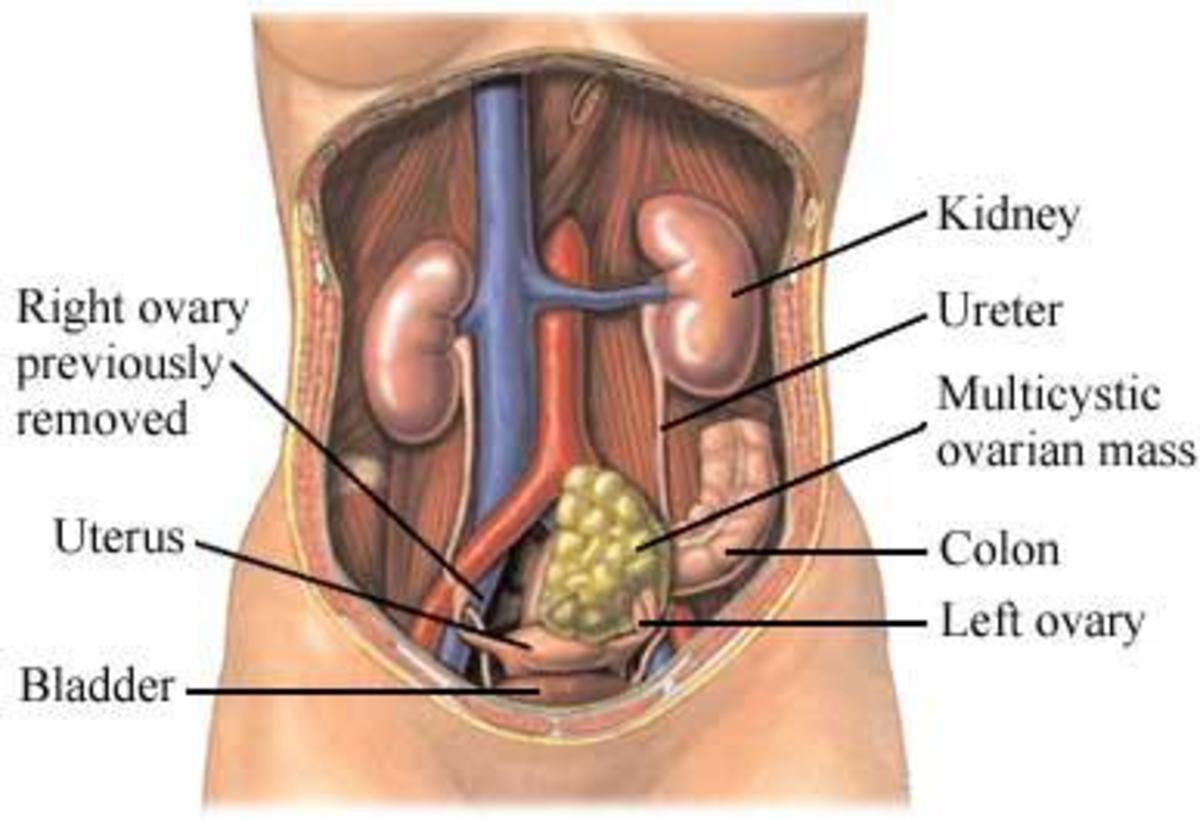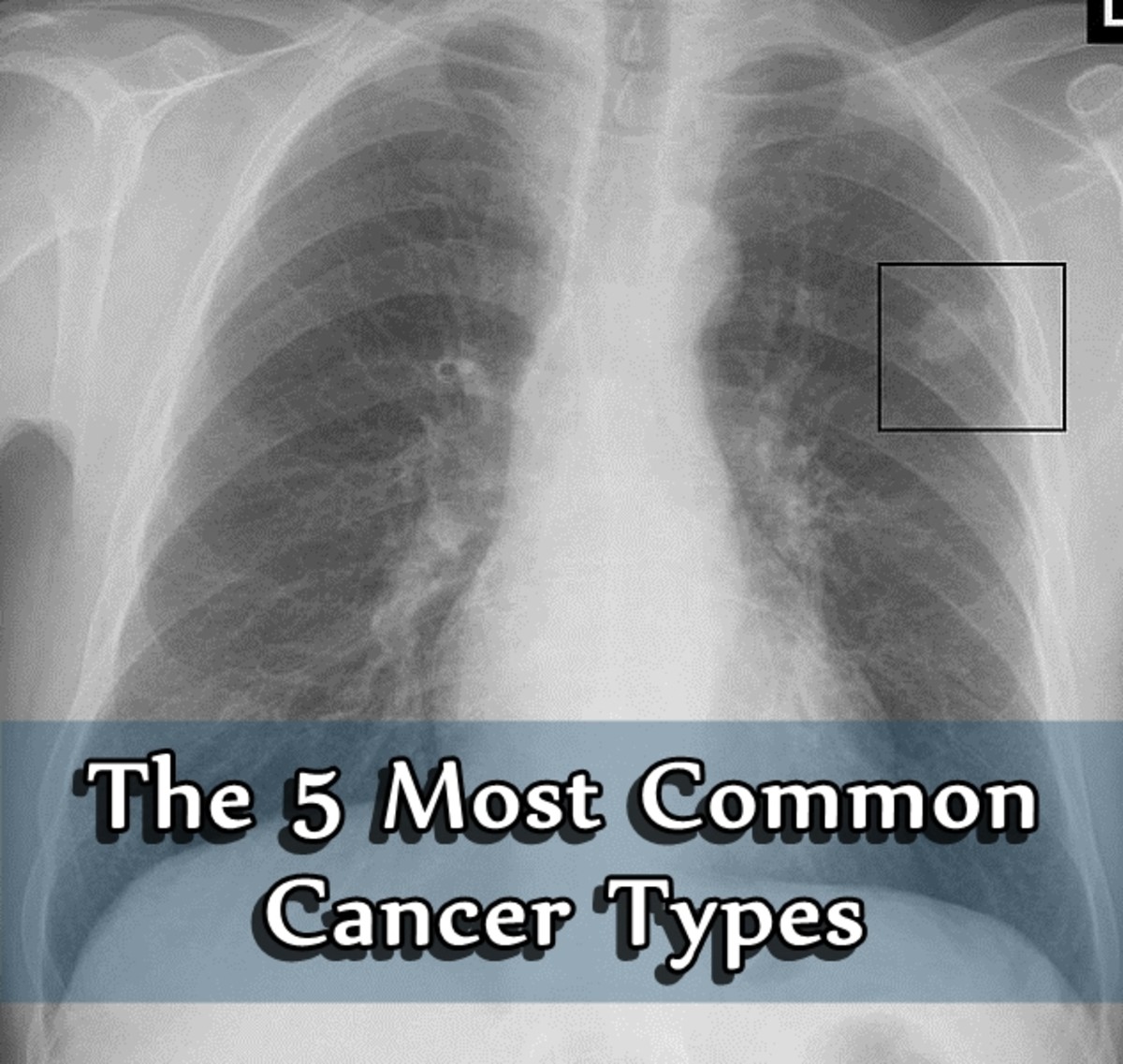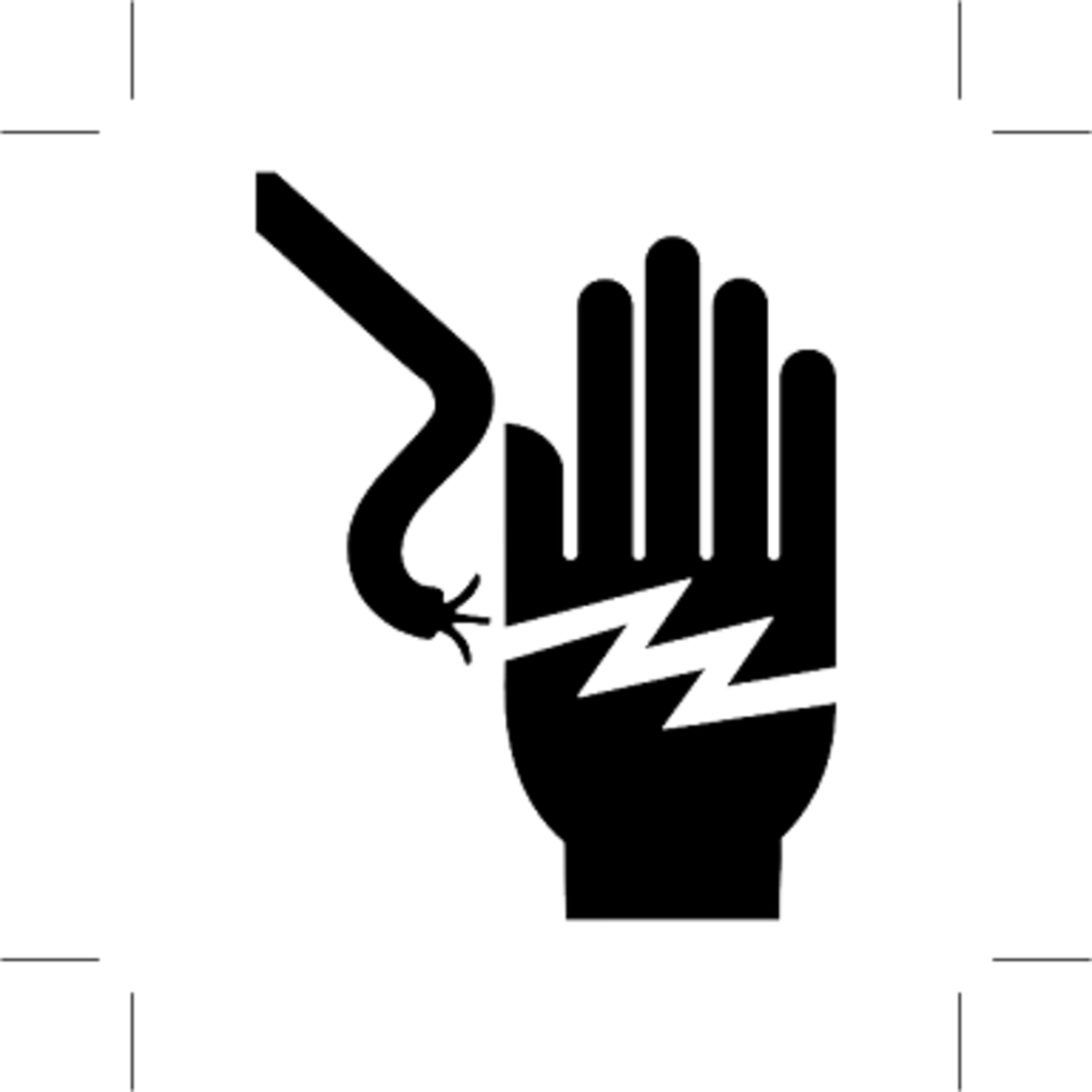Cancer Among Us
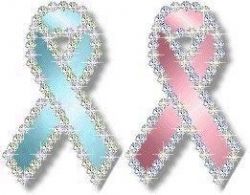
Cancer - One of the Scariest of all Diseases
It is estimated that one in three people will contract cancer, and one in four will die from the disease. Approximately 7.6 million people die from cancer each year according to the American Cancer Society. There are more than 100 types of cancer, and each cancer type is named for the organ or tissue in which it begins.
Those figures seem pretty astounding. Just what is cancer anyway?
Cancer can refer to any one of a large number of diseases characterized by the development of abnormal cells that divide uncontrollably and have the ability to infiltrate and destroy normal body tissue. Cancer also has the ability to spread throughout your body. Cancer can be one of the scariest of all diseases.
Almost everyone in their lifetime will have some type of cancer scare. That does not mean you will get cancer, perhaps a benign cyst. Or something else that will make you change the way you live. Many of us have lost friends and family to cancer. I myself have lost some friends and family. A few years ago, I lost a cousin to brain cancer and in October 2008, my niece's husband lost a two year battle with colon cancer.
This is about cancer awareness and not cancer scare. The more informed on cancer symptoms and prevention the better we are to live healthy happy lives.
Number two Disease Among Women
When women think of cancer, the first thing that comes to mind is breast cancer. But the most common cause of cancer deaths among women is lung cancer, according to the American Cancer Society. The other major cancers for women are breast cancer and colorectal. Here is the breakdown among the races.
Lung cancer (40.6)
* First among white (41.6), black (40.2), Asian/Pacific Islander (18.2), and American Indian/Alaska Native (29.2) women.
* Second among Hispanic women (14.4).
Breast cancer (24.0)
* First among Hispanic women (15.1).
* Second among white (23.3), black (32.9), Asian/Pacific Islander (12.3), and American Indian/Alaska Native (15.3) women.
Colorectal cancer (14.6)
* Third among women of all races and Hispanic origin populations.

Cancer Symptoms Women Need to Know
Note: These syptoms can mean other things. Example: If you have lower back pain does not mean you have cancer. The best protection for wellness is to get regualar exams and talk to your doctor.
1. Pelvic Pain, Lower Back Pain and Abdominal Swelling and Bloating:
Pain or pressure below the navel and is persistent beyond the premenstrual syndrome. Pelvic pain is associated with endometrial cancer, ovarian cancer, cervical cancer, fallopian tube cancer and vaginal cancer. Abdominal swelling and bloating is a common symptom of ovarian cancer. If this system occurs on a regular basis, it should not be ignored. Lower back pain occurs in the lower part of the back and feels like a dull ache. Lower back pain is a symptom of ovarian cancer.
2. Abnormal Vaginal Bleeding:
This is the most common symptom with gynecologic cancer. Heavy periods and bleeding between periods are considered abnormal bleeding and can be symptoms of gynecologic cancer. The symptom of abnormal vaginal bleeding is linked to: cervical cancer, uterine cancer, ovarian cancer.
3. Persistent Stomach Upset or Bowel Changes:
Constipation, diarrhea, blood in the stools, gas, thinner stools, or just a general overall change in bowel habits, should be seen by a doctor. These changes are all symptoms of gynecologic cancer and colon cancer.
4. Changes in the Breast:
Women should look for lumps, soreness, nipple discharge, dimpling, redness, or swelling in their regular breast self-exam. Report any changes to your doctor.
5. Persistent Fever, Unintentional Weight Loss and Fatigue:
These are thing that shouldn't be taken lightly. You know your body than anyone else. If something seems out of sorts, see your doctor.

Support Cancer Research on Amazon
An Extravert + an Introvert = Marriage
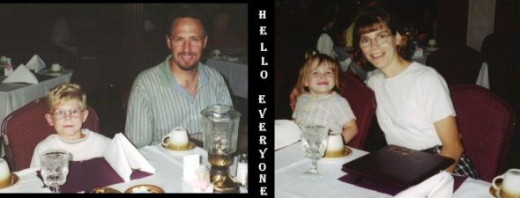
Everyone knows that opposites attract. That was no different in the case of Marcia and Joel.
I have known Marcia (my niece on my husband's side) since she was twelve and I was nineteen. Even then, her mouth ran a mile a minute. But it has never been ramblings. She is an intelligent person and everything that she has ever said, was worth listening to.
Joel on the other hand had always been known as the quiet boy in school. Even once he began seeing Marcia and we knew that it was serious, rarely would we hear Joel speak. Though over the years Joel became more involved in the conversations and he had a sense of humor about everything. He was an easy going guy that found the best of the worst.
Joel and his family have always been physically fit. Though Joel had a sweet tooth...He loved candy. Now we are not talking about a candy bar. He would have a bag of candy all to himself. We often joke about his candy addiction.
If Joel had any signs that something was wrong, he had chosen to ignore it. The day that he went in for a routine dental appointment, Joel felt ill. From the dentist office, he ended up at the hospital. This is when our family was told of Joel's colon cancer.
An early sign of colon cancer is treatable, but Joel was not in the early stages. Treatment was done and it became a long road.
A year and a half later, Joel was back to his healthy self. Everyone thought he beat it. He was back working full time and doing all the things we take for granted.
But then it all turned. He became thin and complained of feeling cold. In the summer, going to a softball game took a lot of energy out of him. He said he could no longer enjoy himself with his children. On October 13, 2008 he lost his two year fight with cancer.
(Their children as of 2009 were 13 and 11. The picture above is a little further back in time.)
2010, Marcia lost her dad to prostate cancer. He had beat it 10 years earlier.
Leading Cancer Death among Men
Lung cancer (69.4)
First among men of all races and Hispanic origin populations.
Prostate cancer (25.4)
Second among white (22.7), black (54.1), American Indian/Alaska Native (18.0), and Hispanic (18.7) men.
Colorectal cancer (21.0)
Third among men of all races and Hispanic origin populations.
Liver cancer (14.5)
Second among Asian/Pacific Islander men.
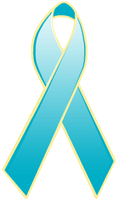
Cancer Symptoms Men Need to Know
Note: These syptoms can mean other things. Example: If you have lower back pain does not mean you have cancer. The best protection for wellness is to get regualar exams and talk to your doctor.
1. Pain or difficulty urinating:
Prostate cancer can be a sign with painful or difficult urination. This also includes having a weak stream of urine. Look out for any blood in the urine.
2. Testicular lumps, Sore, lesion or growth on the penis:
A lump in the testicle can be a sign of testicular cancer. A monthly testicular self exam is in order. A sore or lesion on the penis is a symptom of penile cancer. Penile cancer, although rare, does occur.
3. Pelvic pain, Persistent Stomach Upset or Bowel Changes:
Pain in the pelvic region can mean testicular and prostate cancer. Constipation, diarrhea, blood in the stools, gas, thinner stools, or just a general overall change in bowel habits, see your doctor. Changes in the bowel can be signs of colon cancer. See a doctor if this last more than a few days.
4. Changes in the breast:
Watch out for symptoms like nipple discharge, lumps, skin dimpling and a red or scaly appearance on or around the breast. This is not something that is heard of too often, but men can also develop breast cancer.
5. Coughing, wheezing, or shortness of breath:
Difficulty breathing, wheezing or a cough that does not go away can be a symptom of lung cancer.
6. Persistent Fever, Unintentional Weight Loss and Fatigue:
If these symptoms continue for more than a few days, see your physician.

Too Perfect for This World
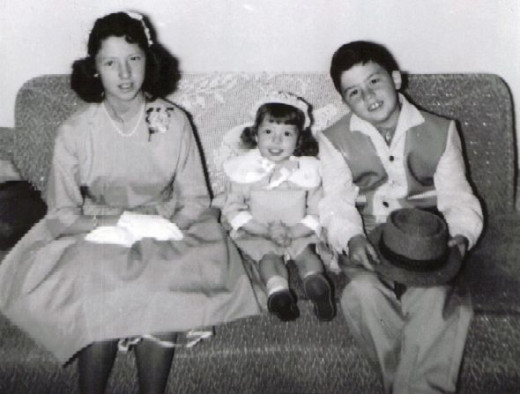
Beautiful wavy raven black hair with deep dark brown eyes; she had a heart of gold. Fifteen and already knew she wanted to be a teacher. Everyday, Linda would practice her teaching skills. She would stand by the green freestanding chalkboard in the bedroom she shared with her little sister, Sandy. She would begin with simple add and subtraction equations for this five year old. Linda taught her sister to read, learn the alphabet and how to spell some words before starting school. Back in those days, most children didn't learned all that before going to kindergarten.
Linda was more than a sister. She was a protector and friend. She protected her little sister from the brother, who would punch this little girl in the arm on a daily basis. Linda would command him to stop. And he would for a while. Sandy looked up to her big sister and felt a special bond. Linda never complained when Sandy would cling to her like a little puppy.
It was a great time in life until that spring day...
Linda was at school walking between classes, when suddenly her knee buckled underneath. Falling to the ground, she couldn't get up. Fellow students carried her to the office. Then later carried her to the car where her mother with sister waited. From there they drove to the hospital.
A large tumor was found on her knee. The surgeon had said he had successfully removed the cancer. Linda's leg was plastered in a cast. All her friends and the support from the church were there for her. Linda said that soon she would be walking again and everything would be back to normal.
Off came the cast and the crutches. Everything seemed fine, until an examination shown the cancer was back. Perhaps it never left. Now it was spreading throughout the bones.
It all seemed to move so fast. Soon Linda's once strong body had betrayed her. She was confined to a wheelchair. And her baby sister moved into the brother's room.
The pain was getting harder to hide. It showed on her face and you could hear it in her voice. But she still had her strength in family, friends and faith.
Linda gave a good fight to bone cancer for two years. At age 17, Linda was at peace. The family said she was too perfect for this world.
Bone Cancer:
National Cancer Institute Primary bone cancer is cancer that forms in cells of the bone. Some types of primary bone cancer are osteosarcoma, Ewing sarcoma, malignant fibrous histiocytoma, and chondrosarcoma. Secondary bone cancer is cancer that spreads to the bone from another part of the body, such as the prostate, breast, or lung.



